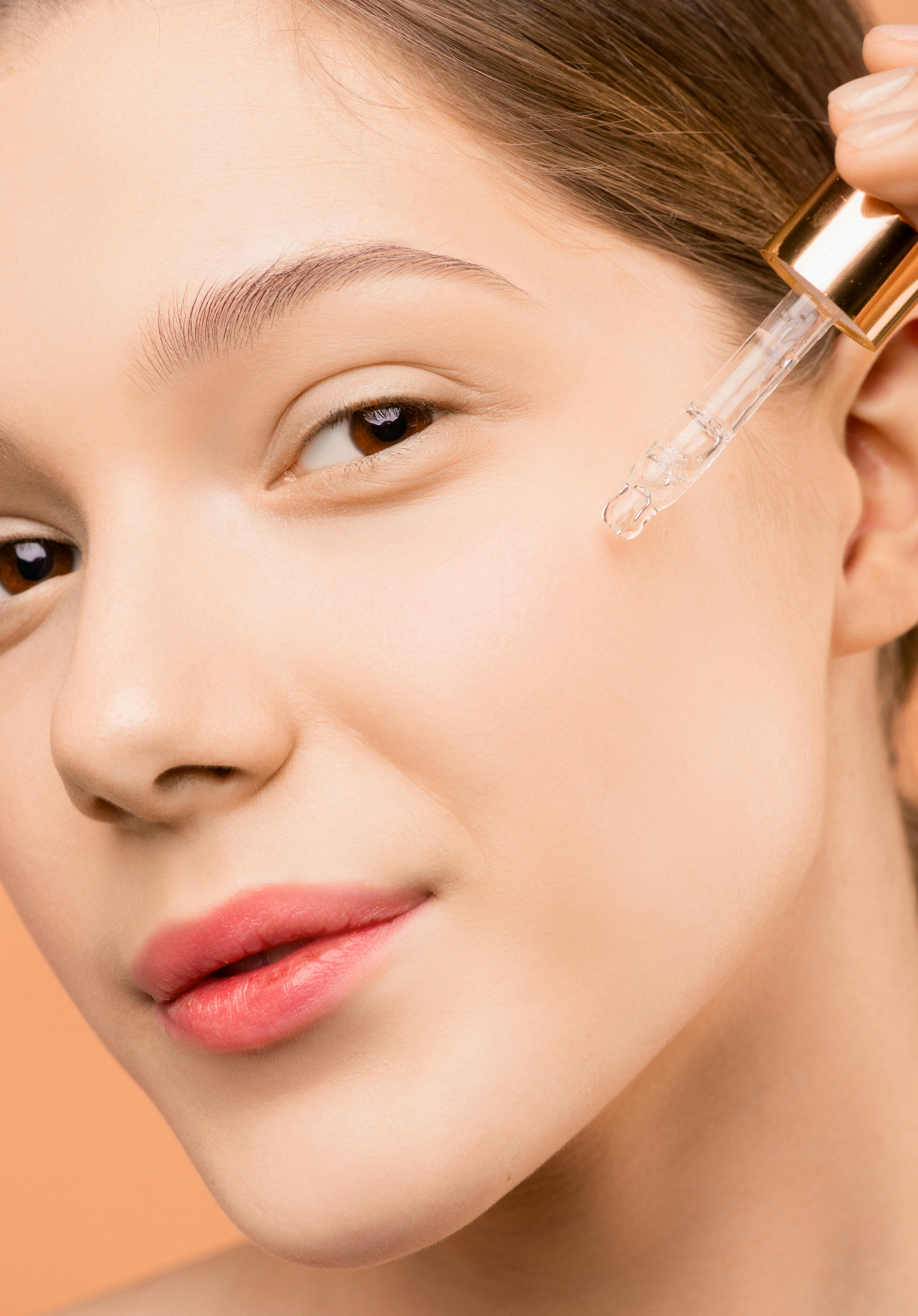Understanding product labels: how active ingredients work
Reading product labels helps you match active ingredients to your skin and hair needs. This article explains how actives are listed, what concentrations mean, and how to interpret claims across skincare, cosmetics, makeup, haircare, and sunscreen products to support informed choices.

Knowing how active ingredients are listed and what they do makes it easier to choose skincare and haircare products that meet your needs. Product labels group active and inactive components, list concentrations when relevant, and often highlight performance claims. Understanding those elements helps you evaluate serums, sunscreens, cleansers, and cosmetics without relying solely on marketing language.
This article is for informational purposes only and should not be considered medical advice. Please consult a qualified healthcare professional for personalized guidance and treatment.
What are active ingredients in skincare?
Active ingredients are the components in a formula that deliver a measurable effect on skin appearance or condition. In skincare, actives include retinoids, vitamin C, hyaluronic acid, and alpha hydroxy acids. Labels might list them in the ingredients list or highlight them on the front of the package. Ingredient order indicates relative concentration when listed by weight; actives near the top are present in higher amounts. For many products, the product label or a supplemental fact panel will separate active ingredients from the full INCI list, making it easier to see which components target hydration, pigmentation, or texture.
How do actives affect hydration and serums?
Serums are concentrated formulations designed to deliver high levels of specific actives for hydration, brightening, or repair. Ingredients such as hyaluronic acid and glycerin target hydration by drawing and retaining moisture in the stratum corneum. Peptides and niacinamide are often included to support barrier function and even tone. On a label, pay attention to the order of ingredients and any concentration percentages provided—some brands list a percentage for key actives like niacinamide or vitamin C. Note that efficacy depends on formulation pH, carrier systems, and stability; a named active alone does not guarantee results unless it’s present at an effective concentration and in a compatible delivery system.
What to check for sunscreen and sun protection?
Sunscreen labels are among the most regulated in cosmetics and often list active UV filters separately. Ingredients like zinc oxide and titanium dioxide are mineral filters, while avobenzone, octocrylene, and others are chemical filters. The SPF value is a measurable claim for UVB protection; broad-spectrum claims indicate UVA coverage but check the label for specific test references in your region. For daily use, look for clear instructions on application amount and reapplication frequency. Labels may also indicate water resistance and the maximum time claimed for that resistance. Remember that sunscreen effectiveness is influenced by application amount, coverage, and reapplication, not solely by the presence of active filters on the ingredient list.
How do labels guide cleansing and exfoliation?
Cleansers and exfoliants include actives with distinct functions. Surfactants in cleansers remove oils and debris; mild, amphoteric surfactants reduce irritation risk. Exfoliating actives fall into chemical categories such as AHAs (glycolic, lactic), BHAs (salicylic acid), and enzymatic exfoliants; mechanical exfoliants rely on particle size and formulation to avoid microtears. When reading labels, look for pH information and concentration ranges for chemical exfoliants—many acids are effective at specific pH levels. Packaging should also include usage guidance and warnings about overuse, sun sensitivity, and frequency. Combining exfoliants and other actives requires understanding potential interactions and layering order to maintain skin barrier wellness.
Dermatology considerations for cosmetics, makeup, and sensitive skin
Cosmetics and makeup often contain pigments, binders, preservatives, and fragrance; actives for skin benefit are less common but can appear in primers, tinted moisturizers, or foundation with SPF. For sensitive or reactive skin, labels that list potential irritants (fragrance, certain alcohols) are important. Dermatology-focused products may list clinical claims or provide a dermatologist-tested statement, but those phrases vary in meaning. If you have specific skin conditions, check for non-comedogenic labeling when acne is a concern, or hypoallergenic claims when sensitivity is an issue. When in doubt, patch testing and consulting a dermatologist helps confirm whether labeled actives suit your skin profile.
Sustainability and wellness in haircare and packaging
Labels increasingly reflect sustainability and wellness priorities: recyclable packaging symbols, ingredient sourcing claims, and notes about biodegradability or cruelty-free status. In haircare, actives like keratin, panthenol, and botanical extracts are marketed for strength, moisture, and scalp health. Sustainable claims should be clear and verifiable—look for specific certifications or standardized logos rather than vague terms. Wellness-minded consumers may seek products free from certain preservatives or sulfates; check labels for alternatives and understand trade-offs, such as preserving product safety versus minimizing particular chemistries. Transparent labeling helps you balance performance, scalp health, and environmental impact.
Conclusion
Reading product labels with attention to active ingredients, concentrations, and usage instructions makes it easier to select the right skincare, cosmetics, makeup, haircare, and sunscreen products. Focus on ingredient order, explicit concentrations when provided, pH or formulation notes for actives like acids, and any regulatory claims on sun protection or safety. Combining label literacy with professional dermatology guidance supports better choices for hydration, exfoliation, and overall wellness while considering sustainability and product performance.





